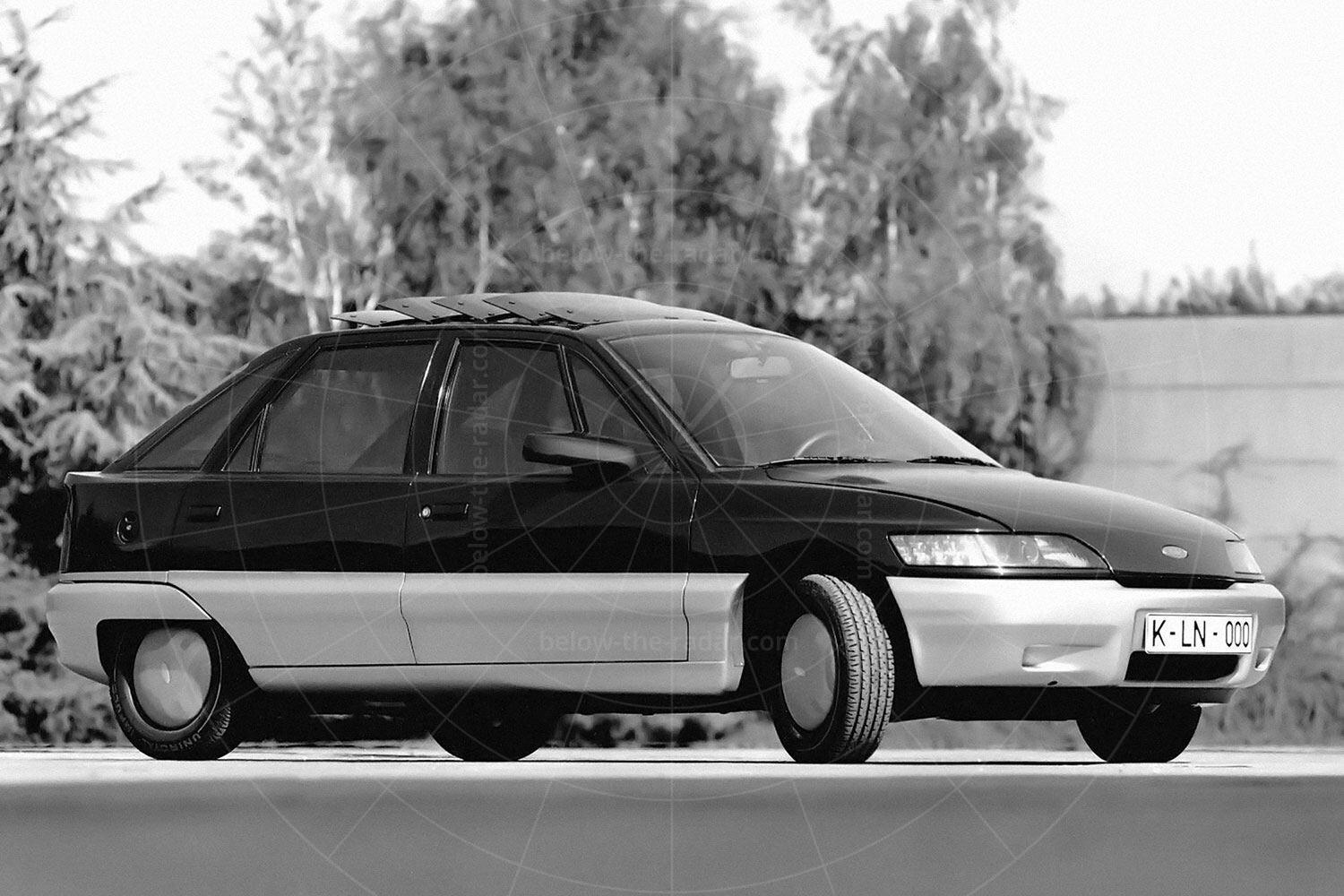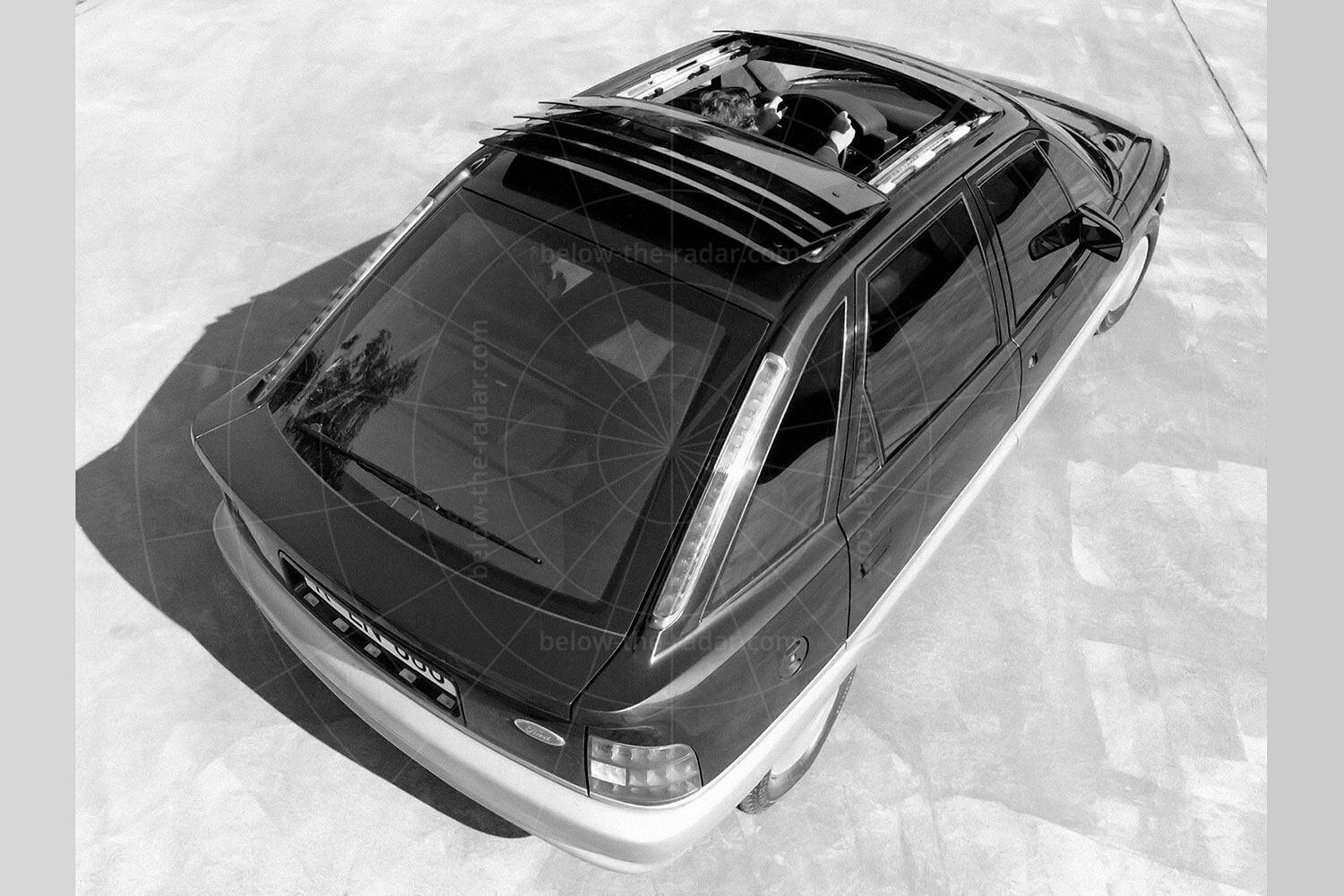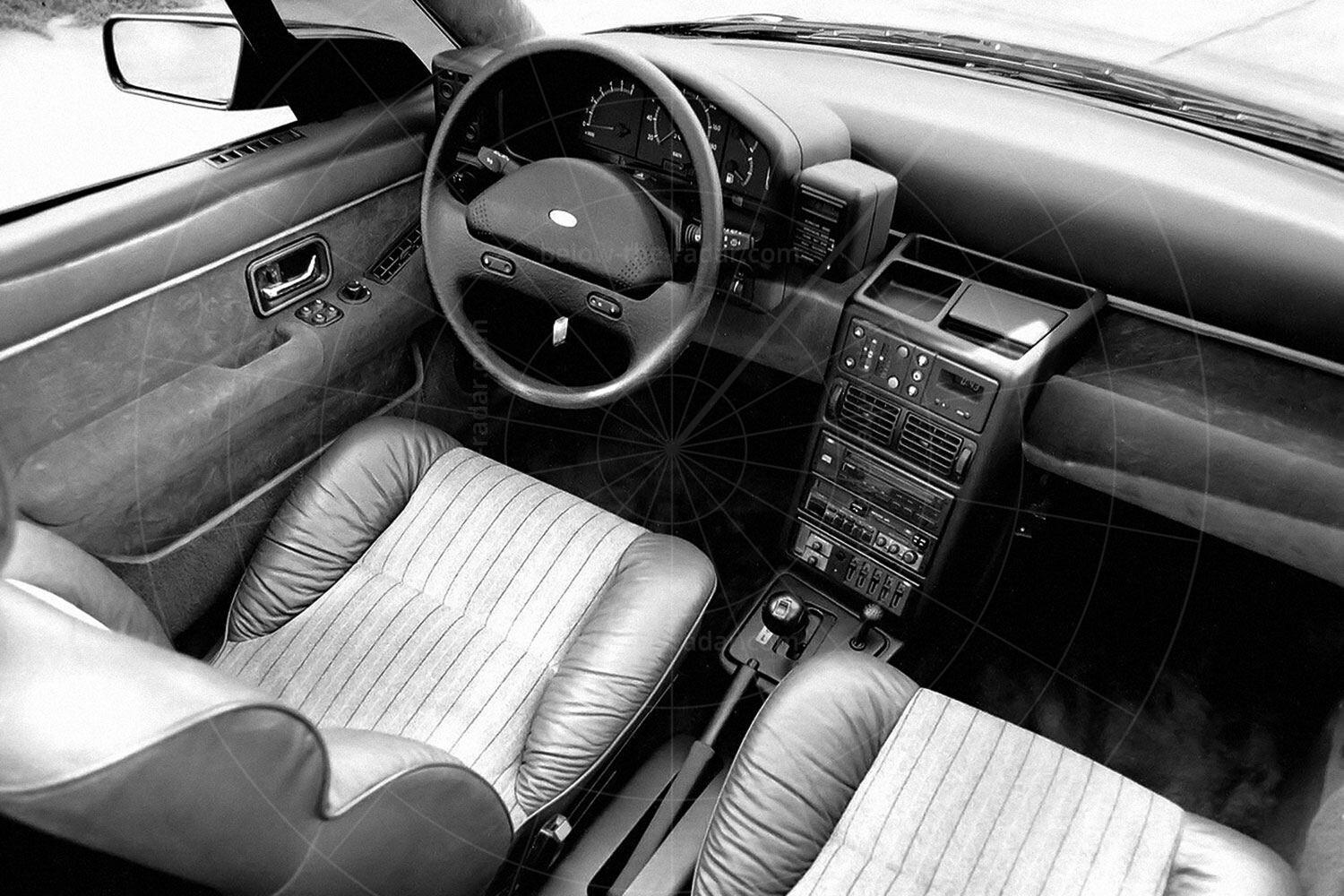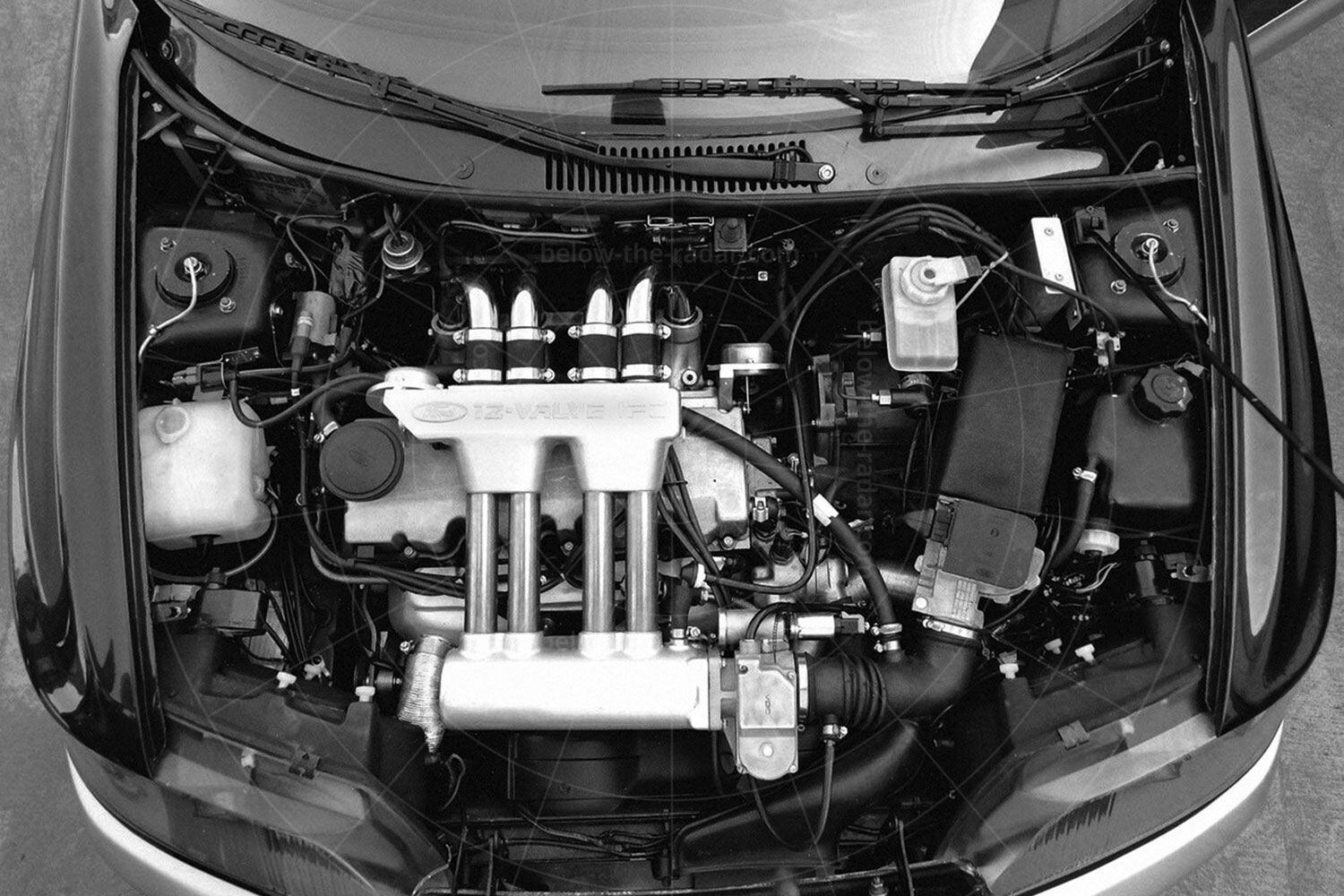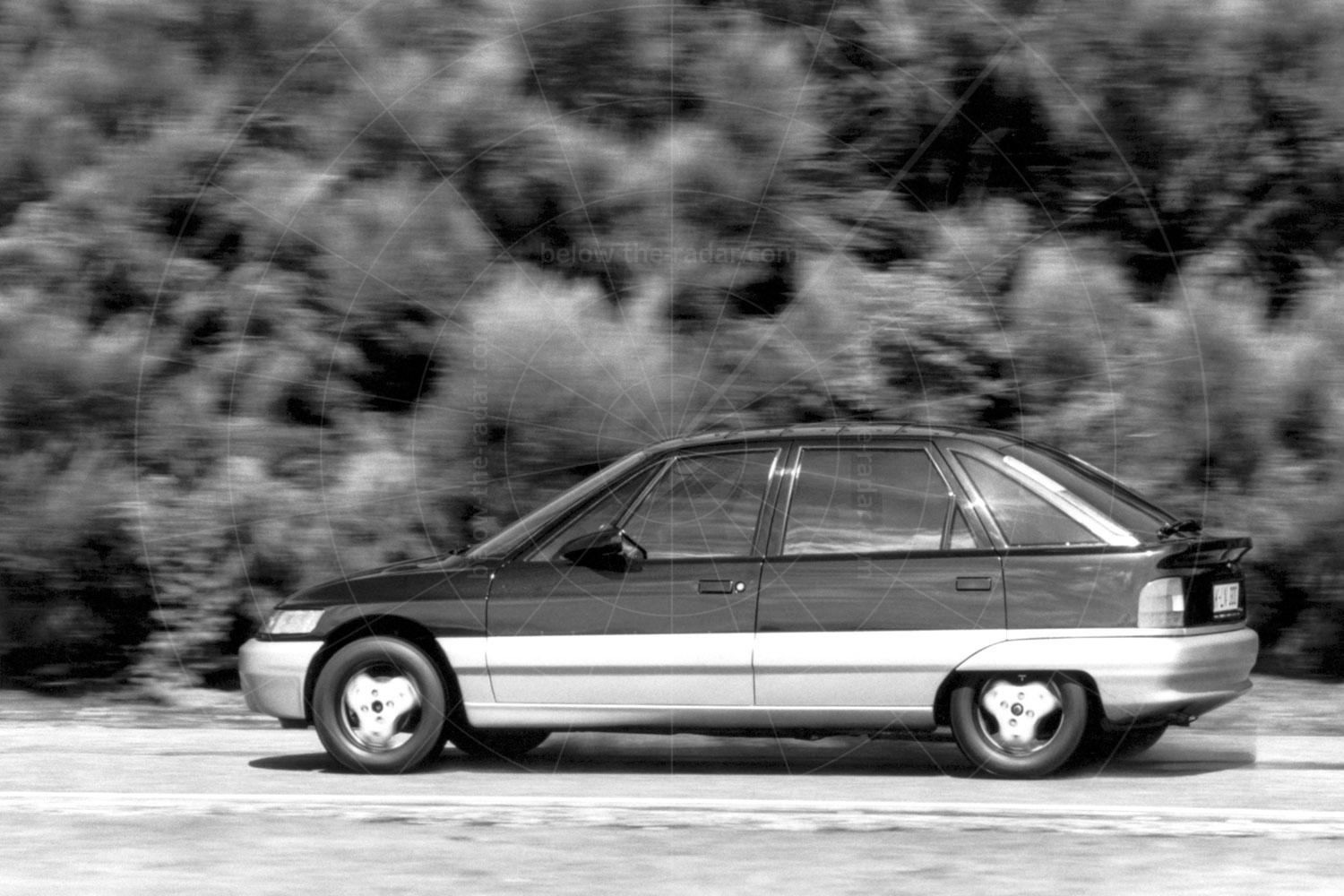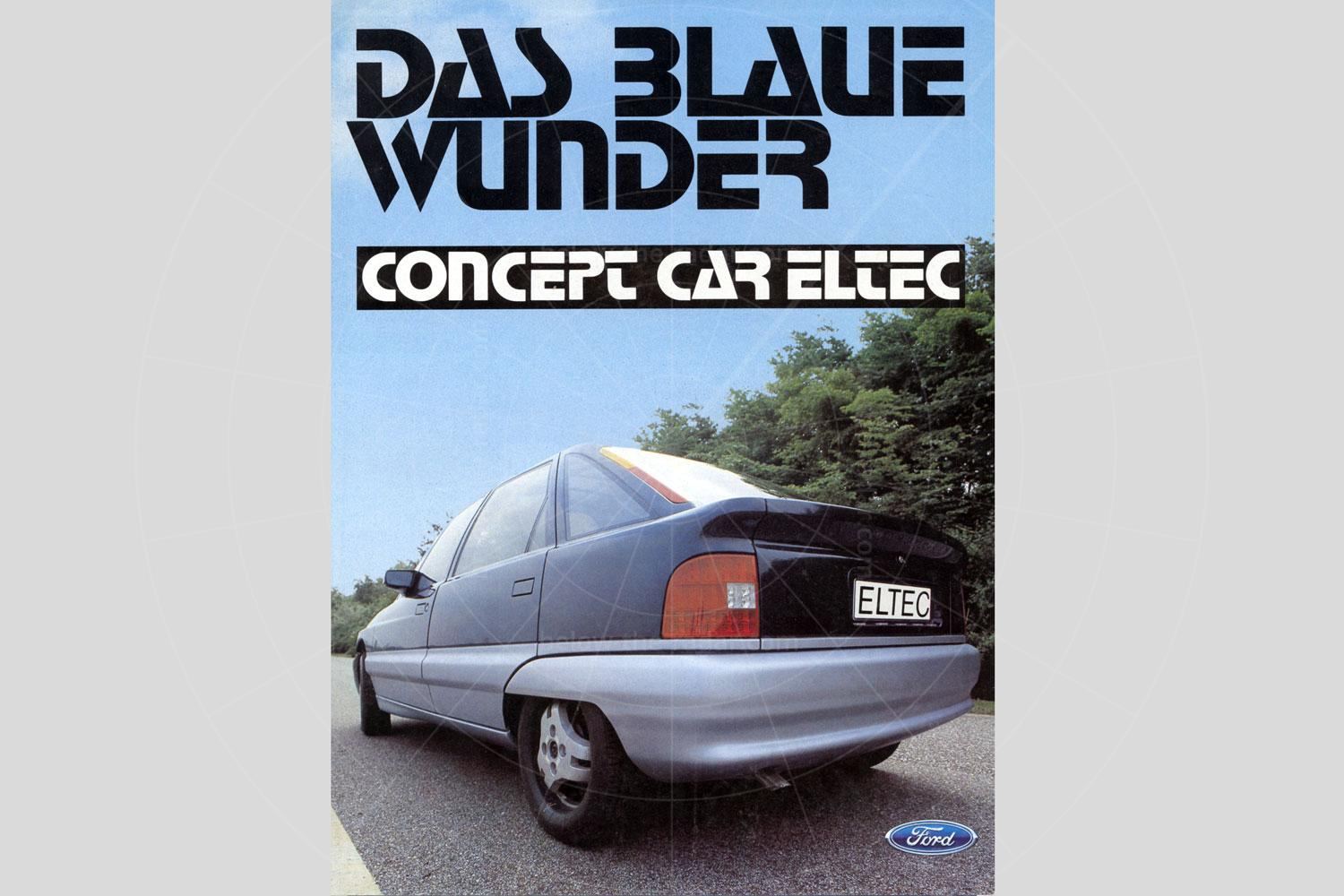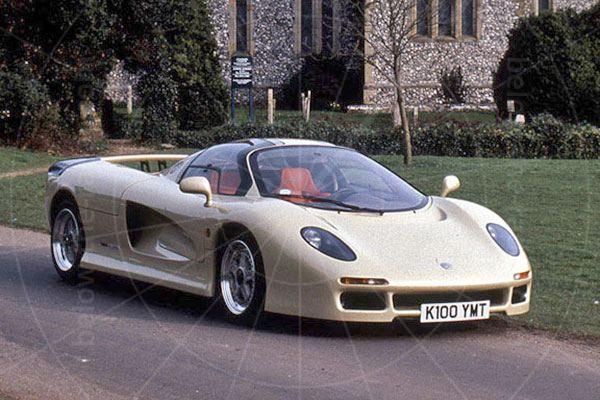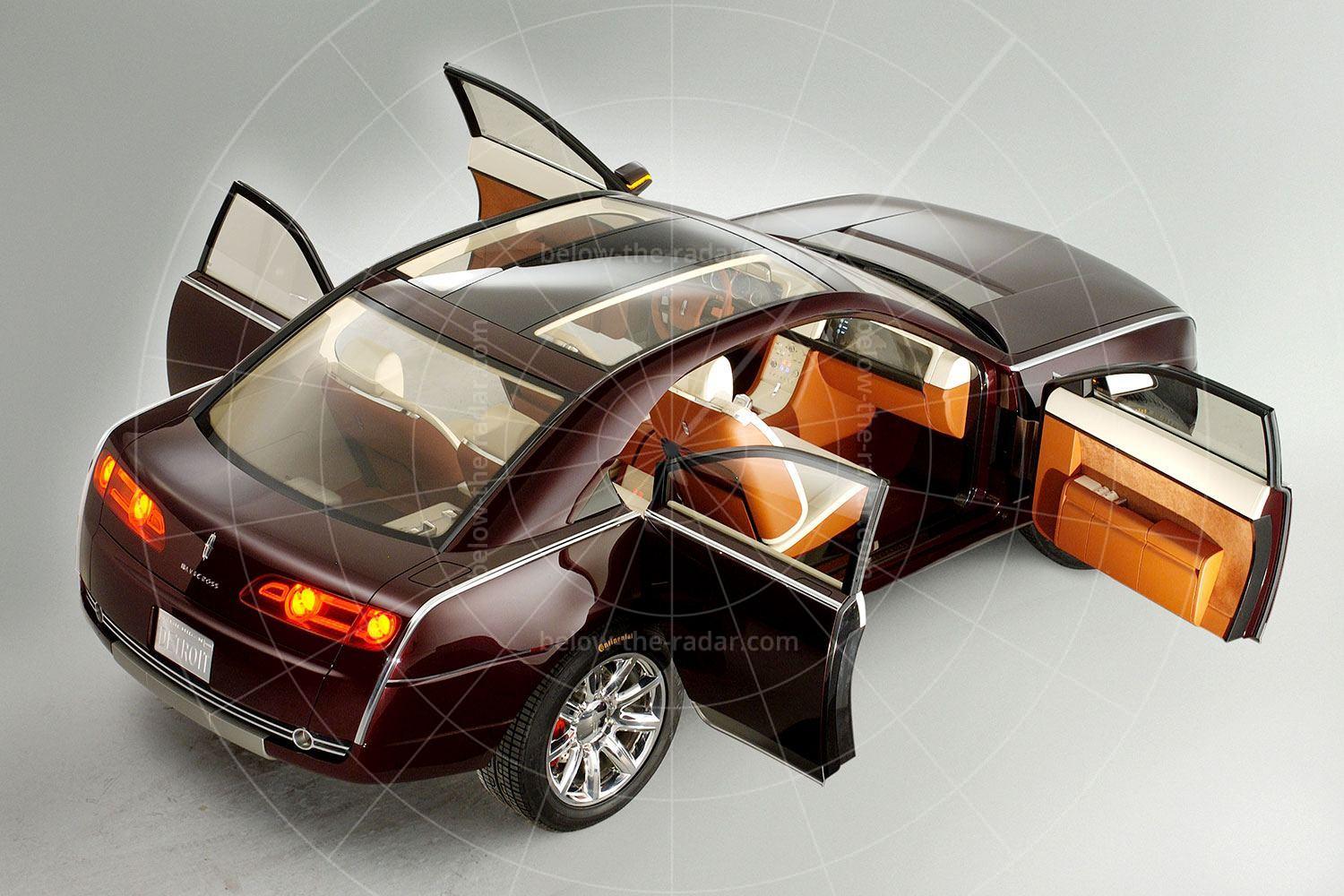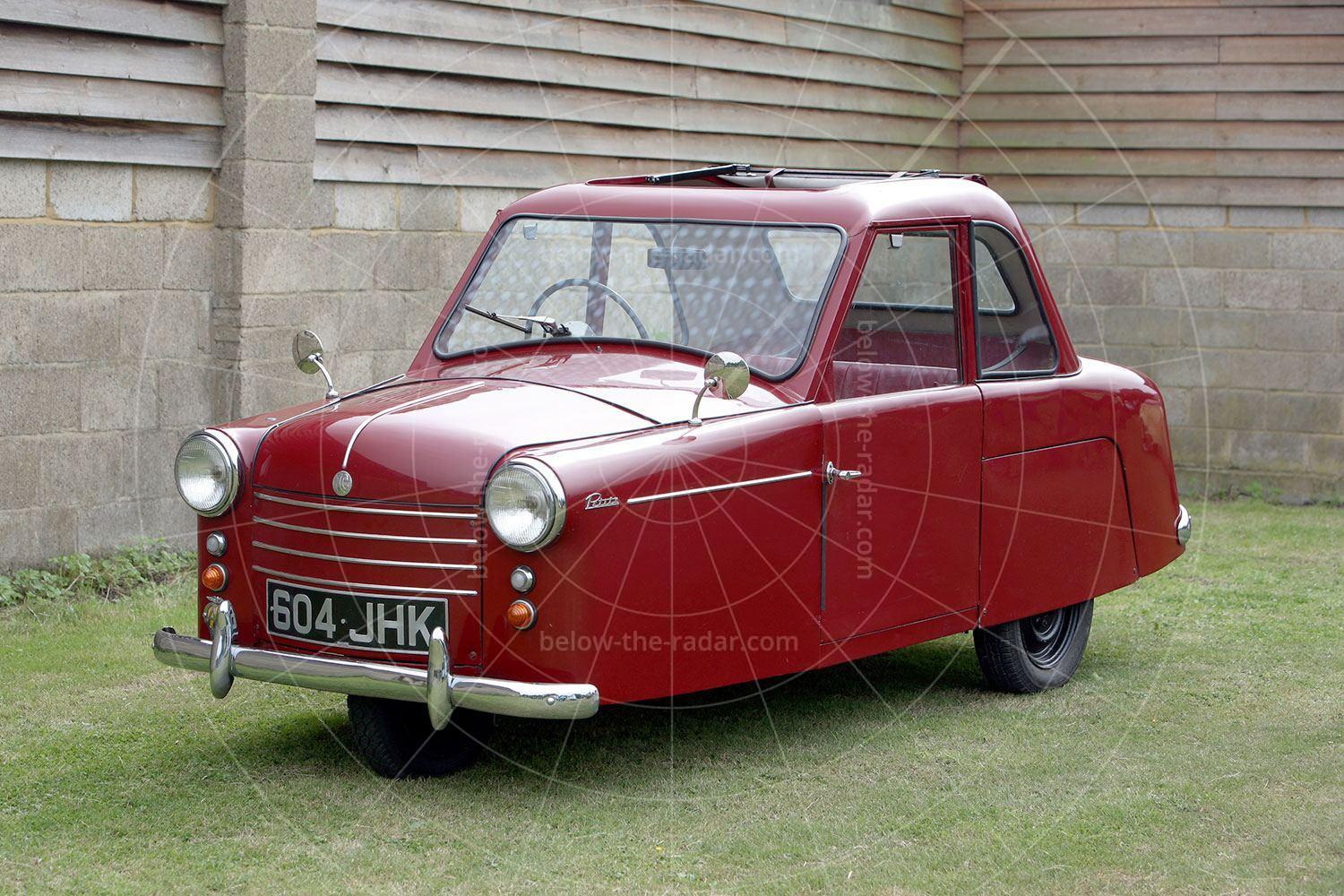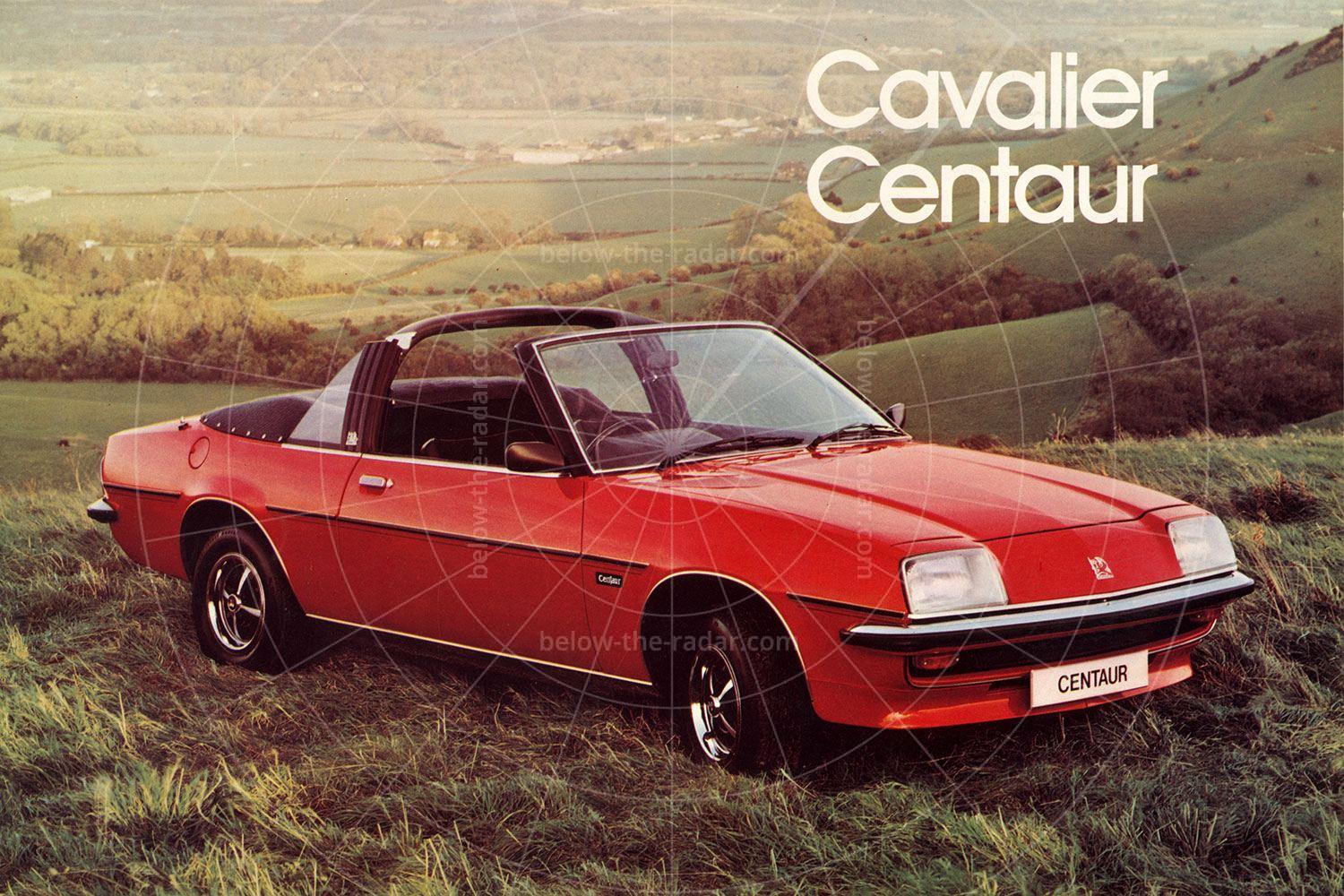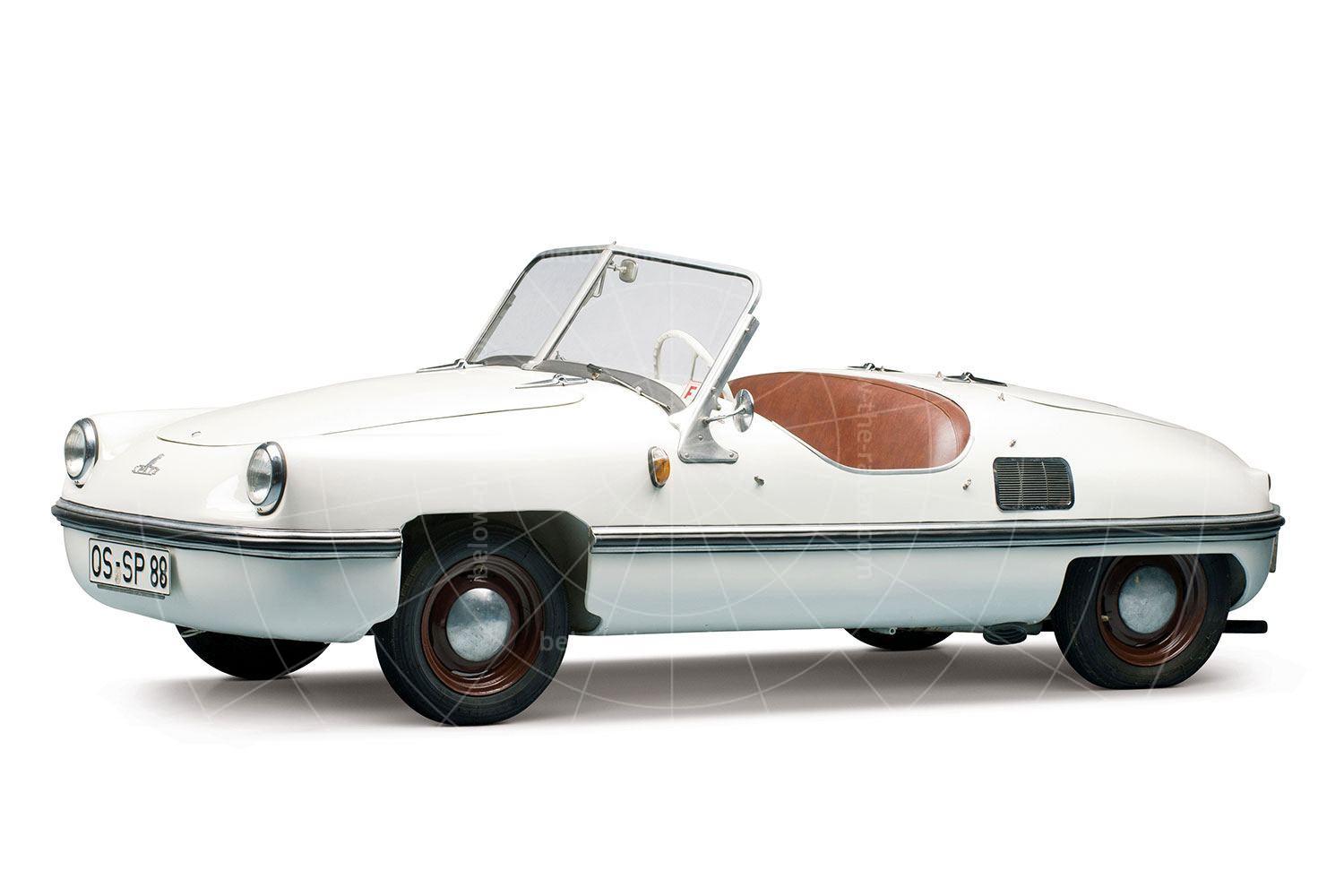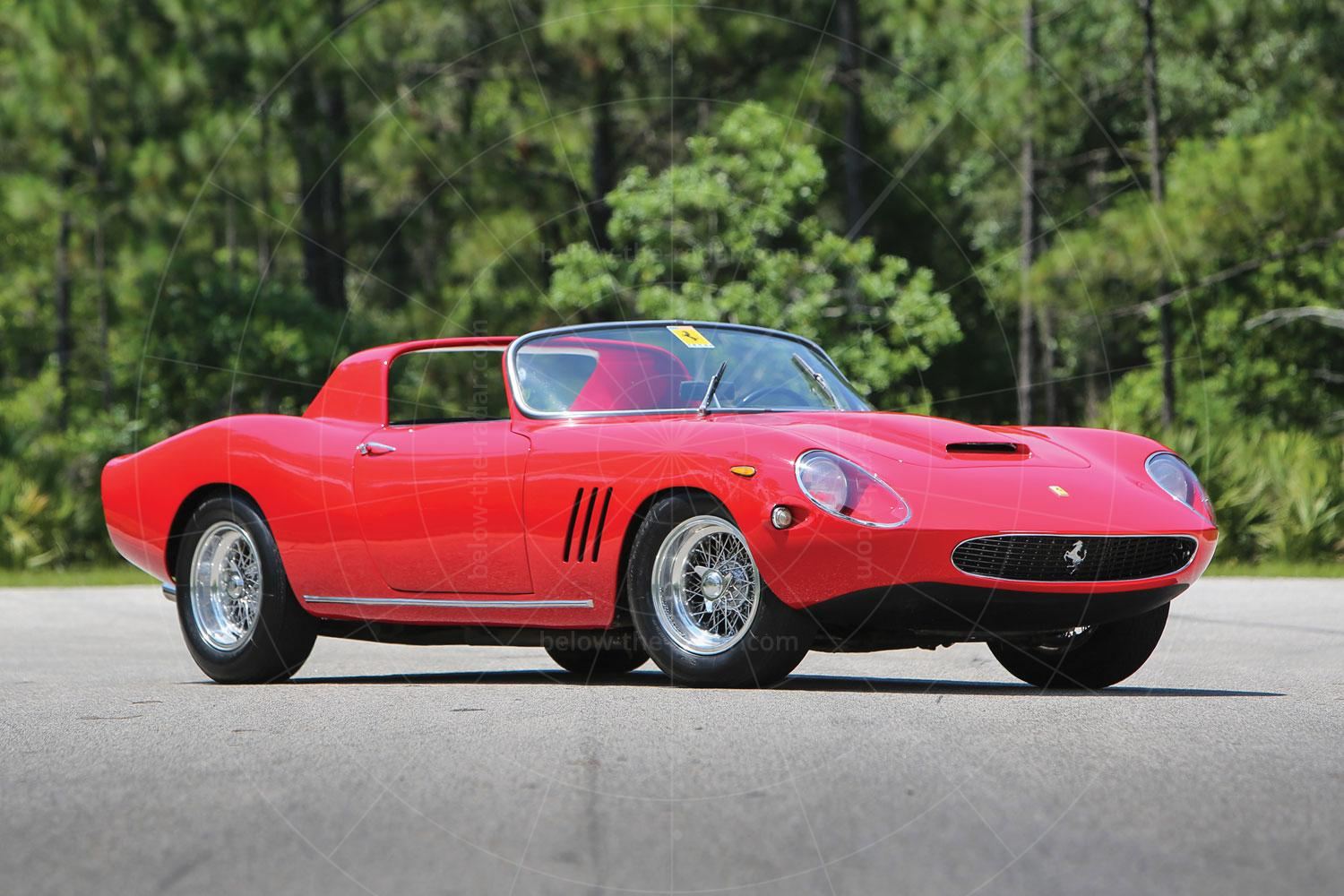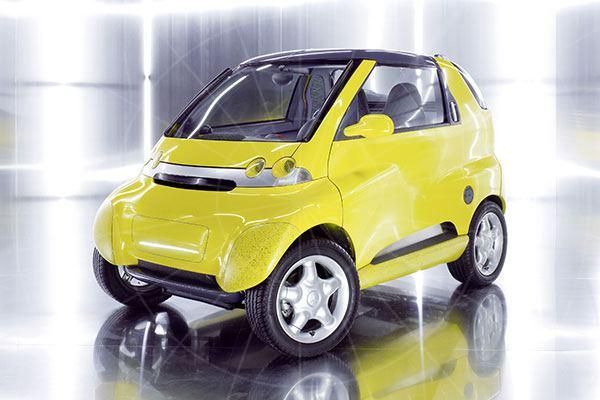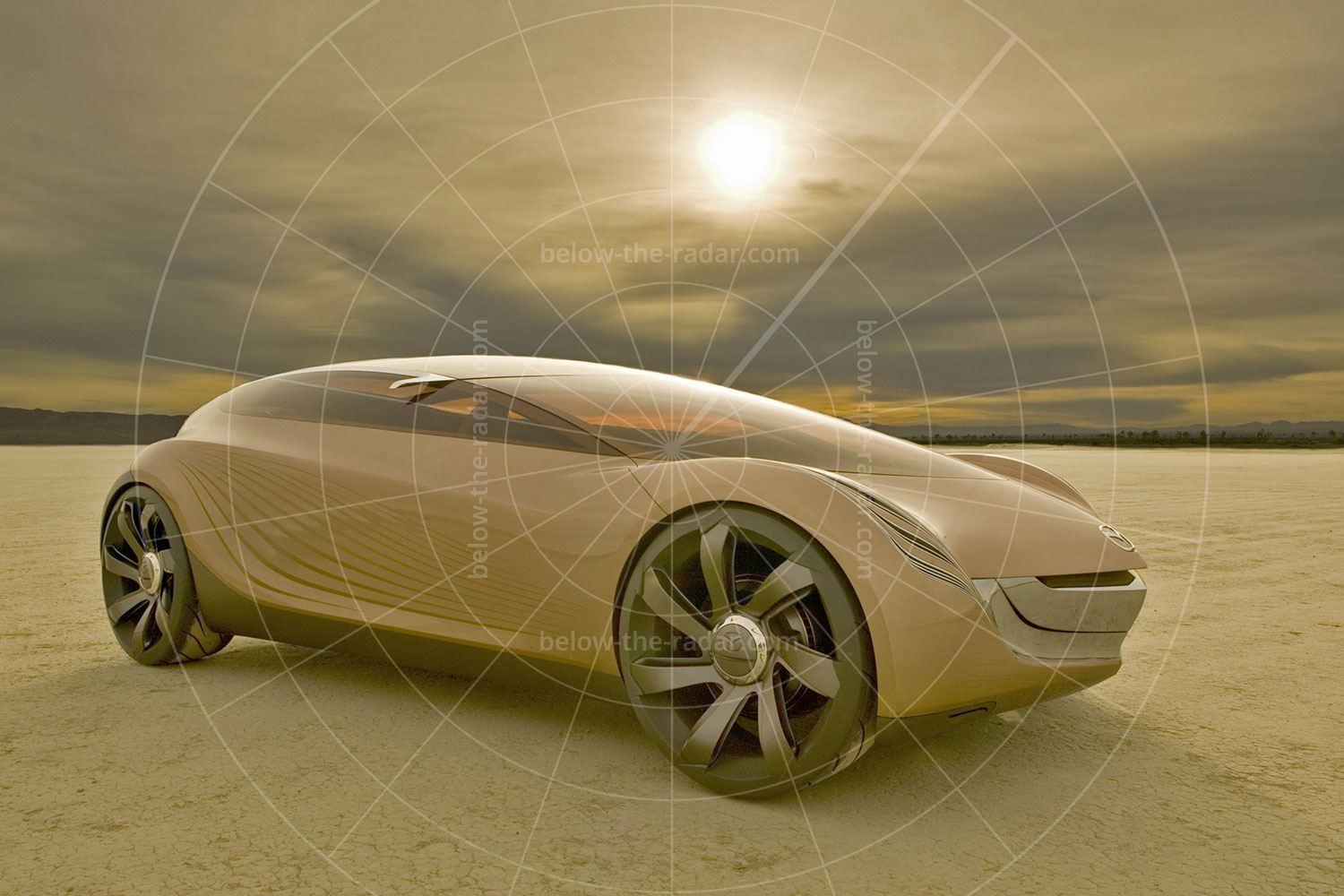It may not look especially cutting edge now, but when the Ford Eltec made its first appearance at the 1985 Frankfurt motor show, this five-door hatchback represented a glimpse into Ford’s future; it looked remarkably like the universally disliked Escort Mk5 of 1990. Just the name Eltec, a truncation of ELectronic TEChnology, hinted at what the purpose of this concept was: to showcase how electronics could be used to make a family car of the future safer, more comfortable and cleaner. Billed by Ford as 'the family car of the future which monitors itself', the Eltec was made to explore electronic management systems for the 21st century, and it was the result of a collaboration between Ford's R&D divisions in West Germany and England. Created in 18 months, the final body construction was undertaken by Ford-owned Ghia in Turin.
Pretty much all of the technology incorporated into the Eltec has become commonplace since Ford's concept burst onto the scene, but what's impressive is how quickly it was adopted in mass-market family cars. As a mid-range affordable hatch, the assumption at the time was that tech seen in the Eltec, such as electronically controlled anti-lock brakes, continuously variable transmissions and electronic control of all of the engine’s functions from the fuel injection to the ignition would take a while to filter down to cheap family cars. The reality was that within a decade these things would be taken for granted, with Ford's own EEC-IV computer already in use by this time; fitted to the Eltec, it had made its debut in 1983, controlling several of Ford's production models.
Making the most of all that computing power there was active ride, with computer-controlled air suspension to provide the best possible balance between ride and handling. Conventional wisdom dictates that if a car has a soft and comfortable ride it’ll wallow like a barge in a gale when it comes to the corners. But by using active ride it’s possible to have compliant suspension on the straights, but for it to be stiffened up on the bends so that it corners flatter.
Alongside the electronic anti-lock brakes fitted to the Eltec there was also traction control. Although this electronic form of wheelspin avoidance technology is now fitted to all production cars, when the Eltec was revealed the only form of traction control was mechanical, in the shape of limited-slip differentials.
The all-alloy 1.3-litre engine was produced specially for the Eltec, and it produced 79bhp at 5000rpm. It was a lean-burn unit so it ran more cleanly thanks to less fuel being injected into it; the result was predicted fuel consumption of 50mpg, things helped by the fitment of a computer-controlled continuously variable transmission. The four-cylinder engine also featured three valves per cylinder to help reduce emissions, and there was just one overhead camshaft. While all these specifications have now become standard – or even exceeded – on most cars, the variable-length inlet manifold was truly pioneering. This provided better low-down torque while also serving up extra power at the top end; from just 2500rpm the peak torque of 88lb ft was available.
Also designed to cut emissions by reducing any sudden throttle inputs, there was drive by wire. This replaced the more usual throttle cable with a potentiometer which signalled to the car’s ECU exactly how much fuel and air to inject into the combustion chambers. Again, it may be usual now, but in 1985 there was nothing on the road using such tech.
One thing that has become common, much to the chagrin of many drivers, is the fitment of run-flat tyres developed by Uniroyal. Fitted with tyre pressure monitoring, the Eltec had no spare wheel, ensuring that all of Ford's massive development budget was all for nothing if a sharp stone was encountered, rendering the Eltec immobile.
It wasn’t just the technology hidden under the skin that was important to the Eltec; that skin (which was designed by Ghia) was also of major importance. Not only were the door handles and the glass flush, but it was also on just about every surface above waist height. Even the roof was glazed, but instead of having just a simple glass roof there were five louvred panels which could be angled upwards to provide ventilation. Alternatively, it was possible to slide the whole lot back to open the car right up. But if that made the interior too breezy (or noisy) they could be kept shut, and the cabin wouldn’t get too hot, because all of the glass was tinted. Even more innovative was the metallic paint which adorned the Eltec, because it was claimed to retain its as-new shine for the entire life of the vehicle. We're still waiting for that one, too.
Although the overall lines don’t appear to be particularly adventurous, there were some quite nice touches. Perhaps the most useful was the rear light positioning. Years before Volvo started to stack its upper rear lights either side of the rear window on the V70, Ford did it on the Eltec. The lower rear lights incorporated multiple bulbs for safety and extra intensity, while also reducing dazzle. Developed by Hella, the headlights were also cutting-edge as they were more compact, brighter and gave a more even spread of light than normal, thanks to the fitment of clever lens tech.
Considering how high-tech the Eltec was, its cabin was something of a let down. But it's not because Ford ran out of dosh by this point; it didn't want to scare potential buyers of such a car by fitting the sort of digital dash that some of its rivals were by now using on their production cars. Instead there was conventional instrumentation, but one novel touch was that it moved with the adjustable steering wheel, so the dials were never obscured.
Now all but forgotten, the Eltec was one of Ford's more important concepts in that it was fully driveable and featured a raft of technologies developed specially for it. The fact that pretty much all of them were quickly adopted by mass-market manufacturers showed just how far-sighted the Eltec was, so it's a shame that the Escort Mk5 which it inspired, failed to impress so spectacularly just five years later. Still, Ford more than made up for that with the introduction of the brilliant Focus in 1998.
| Vital statistics | |
|---|---|
| Debut | Frankfurt, 1985 |
| Engine | Front-mounted, 1.3-litre, 4-cylinder |
| Transmission | Continuously variable transmission, front-wheel drive |
| Power | 80bhp at 5000rpm |
| Torque | 88lb ft at 2500rpm |
| Top speed | 105mph |

